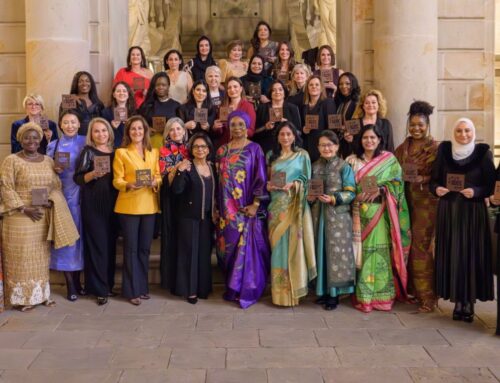Access to capital, labour markets, cultural, regulatory and administrative barriers, and gender pay gap, lack of funding opportunities are some of the major challenges women face in Germany, Saudi Arabia, Russia and Mexico.
For The Wire
Photo: A group of women working in an co-working space in Germany. Photo: Unsplash
This is the second part of a two-part series of articles written by the Centre for New Economics Studies (CNES) – Swabhimaan – InfoSphere’s latest editions. See here for more details on this special G20 focused InfoSphere edition and here for reviewing Team InfoSphere’s work. You can read part 1 here.
The first part of the series discussed the complex nature of gender-based development performance indicators for G20 member nations like India, Germany and Mexico.
The story delved deeper into the female employment level trends, women-labour force participation rate, working conditions for women, and the safety net promised post-retirement.
For the second part, we observe the entrepreneurship landscape of these identified countries – India, Germany, Mexico, Russia and Saudi Arabia – and understand how the business landscape shapes the involvement of ‘women as leaders’ and in driving business levers across sectors.
India
In recent times, India has become a hub for entrepreneurship. As per the Global Entrepreneurship Monitor (GEM) 2020/2021 report, the total entrepreneurial activity (TEA) in India is at 14.4%. Out of this, the TEA for men is at 16.3% while that for women is at 12.3%.
Additionally, women in India are reported to have start-up intentions at parity with men and close to the global average (GEM). However, when compared with other economies, and when it comes to gender equity in entrepreneurship, India still has a long way ahead.



